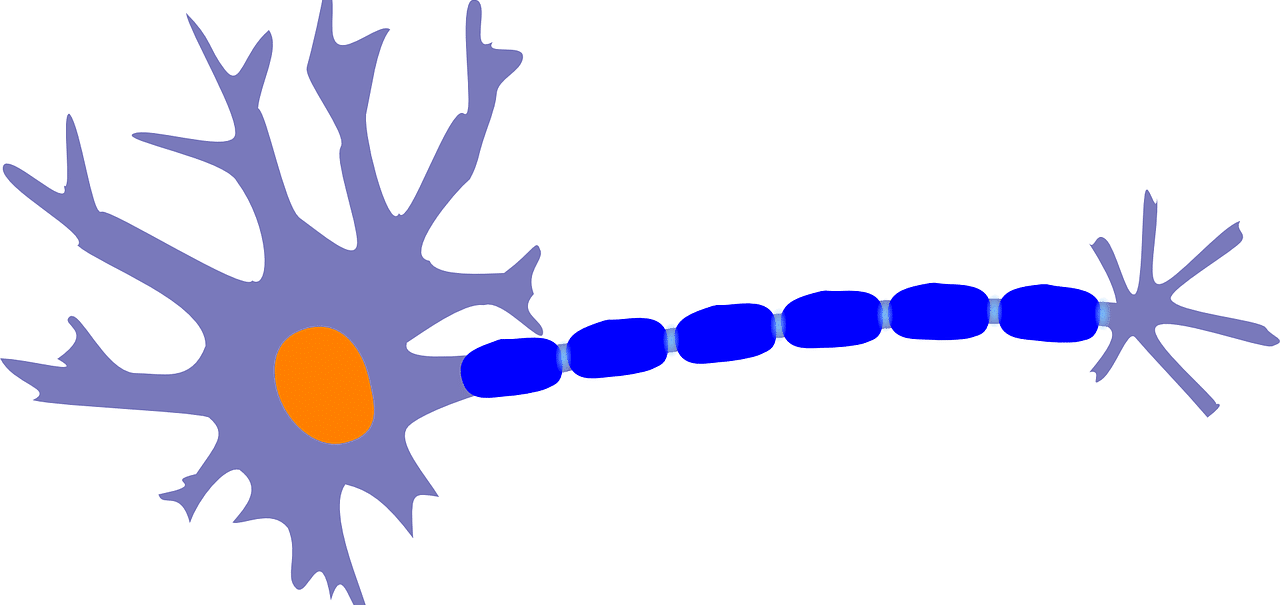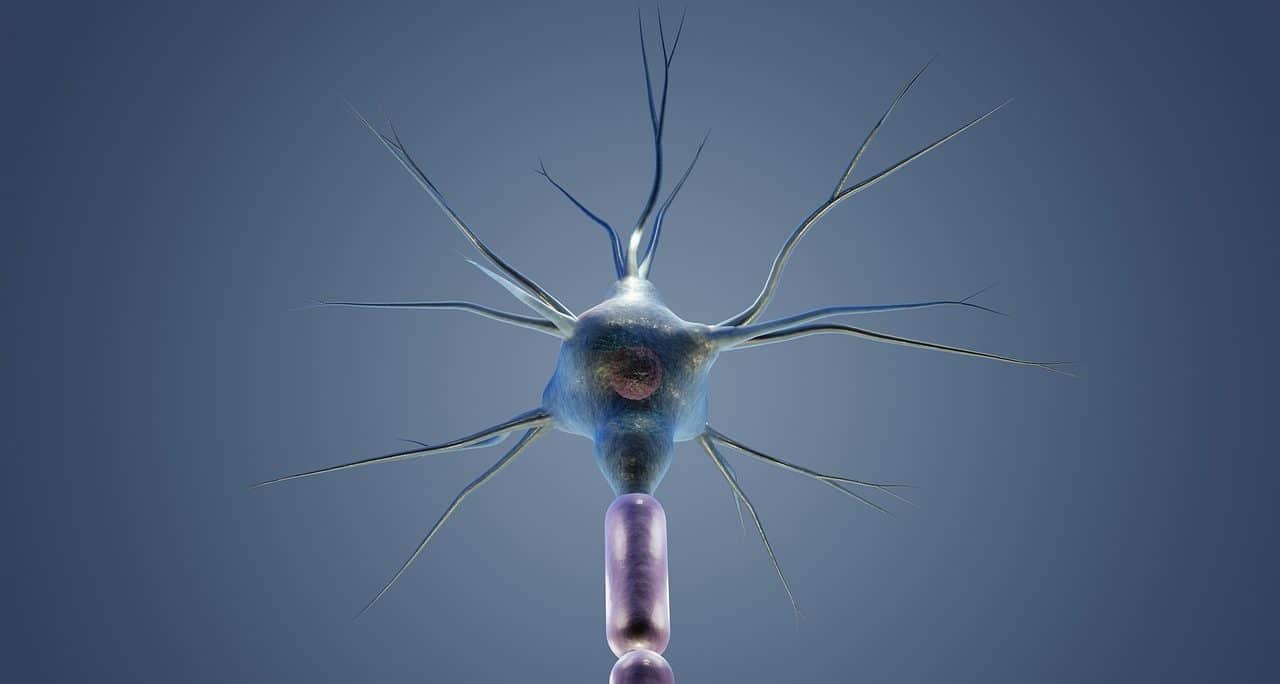
Dendrites are branches of neurons.
The dendrite is a protoplasmic extension with branches that is part of a nerve cell and allows it to receive stimulation from the outside environment. Dendrites, therefore, are terminal branches present in neurons that guarantee the reception of nervous impulses that arrive from an axon corresponding to another neuron.
The dendrite, experts indicate, is the portion of the neuron that receives excitation from stimuli generated by other cells or environments. The axon , for its part, is responsible for distributing this excitation from the dendritic area.
Dendrites and dendritic spines
It should be noted that these numerous, branched extensions have other smaller extensions known as dendritic spines , which are the sites where the synapse develops.
In case of any disorder in the dendritic spines, problems linked to cognition develop. Down syndrome is one of the diseases related to atrophy or poor development of these extensions of dendrites.
Dendrites, whose cytoplasm contains mitochondria, microtubules, membranous vesicles and neurofilaments, have chemoreceptors that react with neurotransmitters sent by the synaptic vesicles of presynaptic neurons. This means that dendrites are essential for the transmission of impulses through the nervous pathway formed by neurons.

The dendrite receives excitation from stimuli generated in other cells.
Neurodegenerative diseases
Thanks to a study carried out at the University of Pennsylvania , it has been discovered that the work of dendrites is not only restricted to receiving and sending chemical and electrical signals but that they can also create proteins (previously it was believed that the only area of the cell where could be done was the core).
This would reveal the fundamental role of these nerve extensions in the memory and learning process and make them a fundamental element when it comes to triggering neurodegenerative diseases. This would be because a slight error in RNA coding could result in a malformation of proteins that could harm the brain circuits that allow normal memory functioning, inevitably affecting it.
This new discovery could be fundamental when studying ways to cure or prevent diseases of this type such as Alzheimer's . This disease is progressive and there is still no known way of recovery for it. It is an ailment that affects the nerve cells in the different regions of the brain, causing dysfunction in it; in such a way that the individual loses all ability to control their emotions , recognize patterns, coordinate movements and remember things. Among dementias, this is the most common, especially in elderly people, and it is the fourth leading cause of death in adults.
There are also other diseases related to dendrites, many of them linked exclusively to dendritic spines, which we have already talked about in previous paragraphs. Among them are spinal disorders such as diseases of the spine (where deviations are usually the most common), bone problems (where fractures are the most common) or even muscle atrophy or problems of various kinds in any body muscle.
All this would lead us to understand that the role of dendrites is much more essential than what was believed until now and that it would open new avenues for research to counteract the effects of degenerative diseases .
Other meanings of the term dendrite
It should be noted that the dictionary of the Royal Spanish Academy (RAE) accepts other uses of the concept of dendrite. The term can then be used to refer to the mineral structure that, with an appearance similar to the branches of trees, appears in the cracks and joints of rocks.
Another use of the notion is found in engineering , where the dendrite is a metallic crystal that is produced by solidification and whose structure is reminiscent of a tree with many branches.
